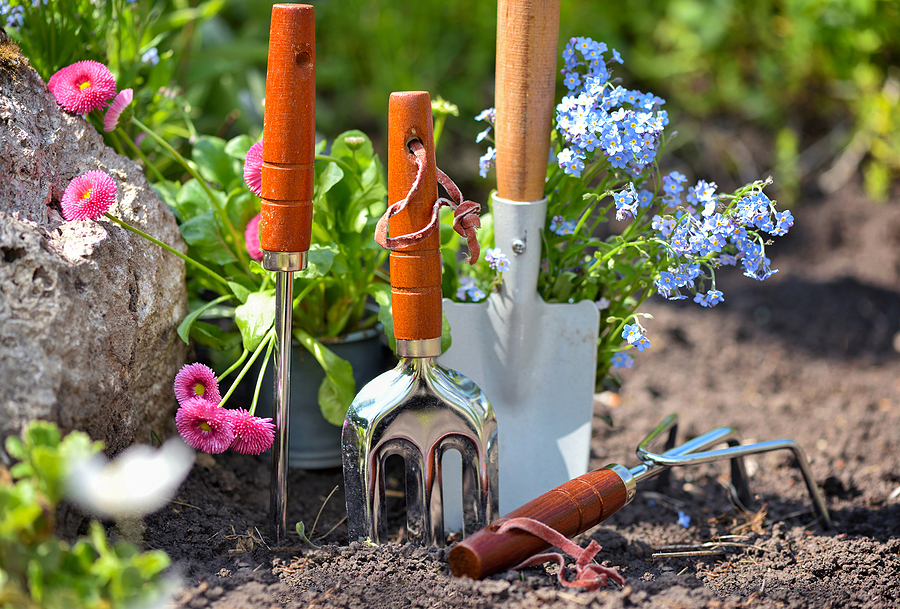Peter’s Gardening Tips for May
Nature does not hurry yet everything is accomplished
After another dry April along with several overnight touches of frost, there doesn’t seem to be much rain in the forecast so our gardens will need some manual rehydration!
There has been a fair amount of damage to grapevines, early flowering fruit trees, magnolias, and camellias, many plants showing frost damage include Box, Photinia Red Robin, Pieris, Hydrangeas, Salvia, Wisteria, Japanese Acers….. Visible frost is gone by 7am, but the damage has been done… so sad when you wait a year for plants to flower, only to see them frosted.
On a brighter note the daffodils have lasted ages. The ground has dried out making preparing the allotment for seed sowing and potato planting a joy – good friable, crumbly soil texture.
It is strange having to water plants in containers, seedlings on the allotment and still protecting plants from frost so late in April – no April showers at all. I’ve hardly cut the lawn too, fingers crossed for rain soon.
Farmers are desperate for rain and warmer temperatures for germination, grass to grow to feed livestock…
Early May is going to be a busy month for seed sowing and continuing cold, please re-sow if seeds have not germinated, don’t get despondent because of poor germination, we are all in the same boat with this unusually cold Spring.
Did you know that Gardening more frequently may be linked to improvements in wellbeing, perceived stress, and physical activity?
It is a very busy time now in the gardening calendar, so time for a dose of Vitamin G’…
Jobs to tackle this month
Indoor Sowing
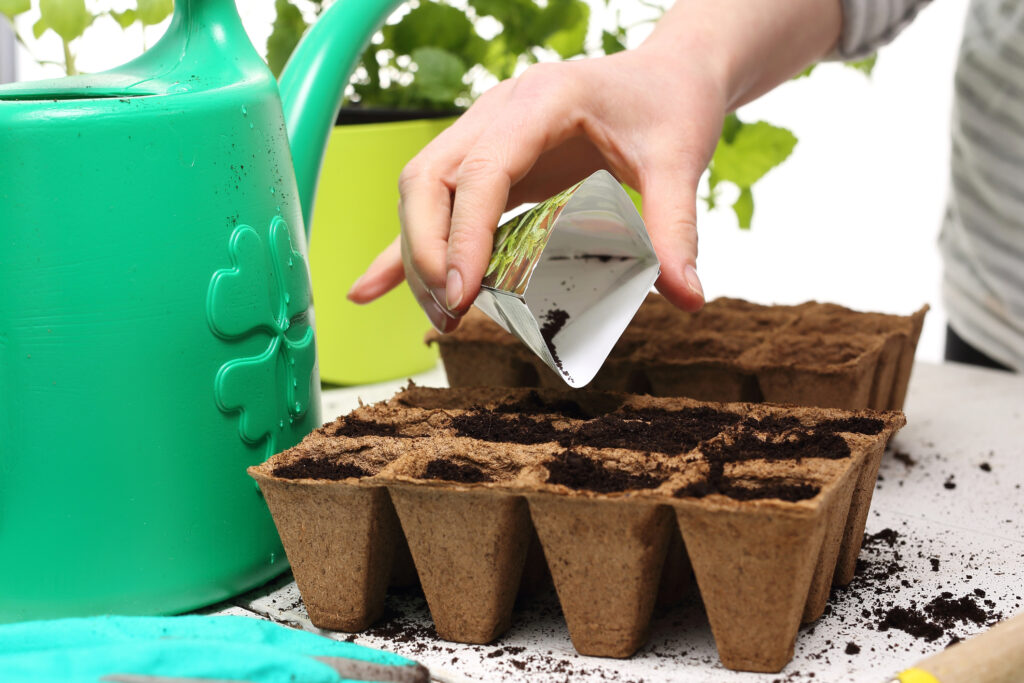 This is the month to sow Sweetcorn, Squash, Courgettes, Runner and climbing beans. Also, Brussel sprouts, Cabbage and Kale for the autumn, sow in modules indoors to bring them on before planting out. This brings them on quicker and less chance of mice or voles eating the seeds or seedlings, and also better germination success. Use a good quality seed compost such as Seed & Potting or John Innes Seed Sowing Compost. Either sow into pots, seed trays/inserts or direct in the ground.
This is the month to sow Sweetcorn, Squash, Courgettes, Runner and climbing beans. Also, Brussel sprouts, Cabbage and Kale for the autumn, sow in modules indoors to bring them on before planting out. This brings them on quicker and less chance of mice or voles eating the seeds or seedlings, and also better germination success. Use a good quality seed compost such as Seed & Potting or John Innes Seed Sowing Compost. Either sow into pots, seed trays/inserts or direct in the ground.
Outdoor Sowing
Clear any weeds, tickle over the surface with a fork and rake out the lumps. Break lumps up with the head of the rake laid flat on the ground and tamp up and down to crush them. Then rake the soil lightly to a fine tilth/crumbly texture. A wooden board to work off is a great help.
Create a shallow furrow with a trowel using the edge of the plank, it only needs to be 2cms deep for most seeds, and water your mini furrow.
You are now ready to sow, but remember to read the seed packet for sowing depth. Germination works a lot better if you moisten the ground first then sow the seeds as there is less chance of the seeds getting washed away.
Top tip – if you are sowing lettuce then place the seeds virtually on the surface of the soil as they need light to germinate!
Potatoes – Earthing up. As the shoots push up through the soil, pull up the soil with a rake around the plant, creating peaked rows of soil – covering the leaves and stems. Top dress with Vitax Potato fertiliser.
Protection – Fleece, Enviromesh and Envirotect can be used for frost protection too, both the Enviromesh and Envirotect are great for protecting seedlings too as well as keeping off birds and insects, including Carrot Root Fly!
Hardening off Plants
It is important to gradually acclimatise tender vegetable and bedding plants grown indoors to outdoor conditions. Put out in the day and bring in at night, unless you have a Cold frame.
Feeding & Watering
I’ve been busy watering planted tubs and containers. Now is when plants need extra feeding when all their new growth is happening and to encourage more flowers and fruit. Use a liquid feed such as Vitax Q4 All-Purpose liquid, which has added seaweed and trace elements.
Rhododendrons, camellias and azaleas use Vitax Liquid Ericaceous Feed to help with flowering and promote good growth after flowering.
Roses are very hungry plants. Either feed with a granular fertiliser such as Rose Food.
Vegetables use Growmore, 6X Pelleted Chicken Manure, both contain nutrients which will help your flowers and crops grow.
Top tip – Make sure you apply fertiliser evenly and read the label properly. I’ve seen many plants scorched by being over-zealous or heavy handed.Wash off any dry fertiliser that lands on leaves, if left on this will scorch them!
Pruning
Any trees, shrubs and climbers that have already finished flowering can be pruned by a third, if you feel they have got too big, or to reshape..? These may include Forsythia, Clematis alpina or armandii and Camellias.
Composting
There is a huge interest in composting. The best compost is made from 50% green matter (grass, veg, peelings) to 50% brown matter (shredded prunings, leaves, straw, newspaper, cardboard). Mix thoroughly so you don’t have soggy layers of smelly grass and keep moist. Cover with old carpet to exclude light and to encourage heat.
Old wooden pallets make good compost bins and you can add a Compost Maker to accelerate and increase the breakdown of the matter.
Lawns:
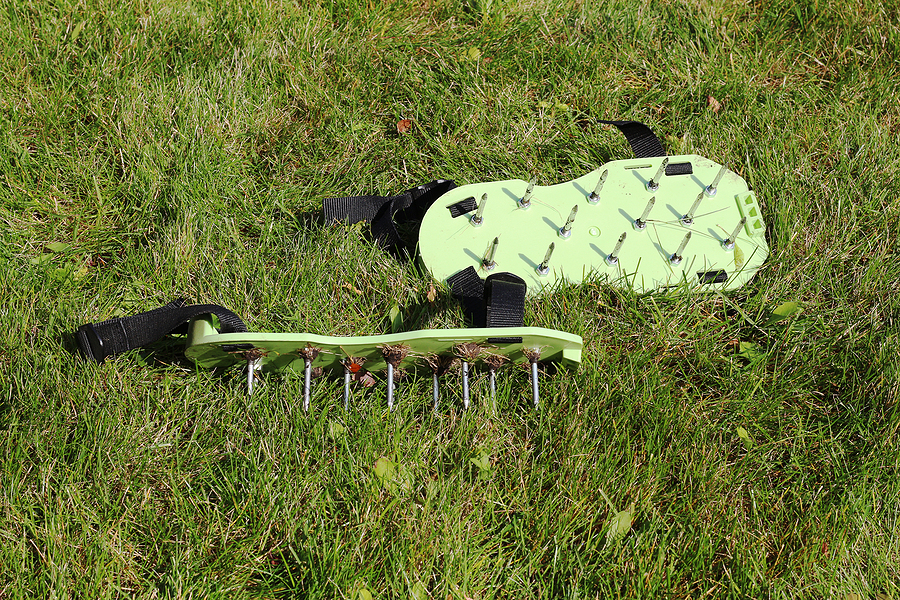
Tempting as it is to cut the lawn short, keep your grass longer. Longer grass will stand up to drought and higher temperatures and take more wear and tear. You will also get more clover flowering which helps feed the grass.
Now is a good time to aerate if the ground isn’t too hard, with a fork for a small lawn or large areas do a bit at a time! This can be done by pushing the fork into the ground with your foot and gently pulling back on the handle, without breaking the handle! The ground will lift a bit and crack the surface, improving drainage and critically getting more air to the roots of the grass. It’s a good workout too!
Another option is ‘No Mow May’ which encourages any wildflowers to grow and flower. Enjoy the butterflies & bees who benefit from the longer-looking grass – you could mow a snakey path through for a meadow effect.
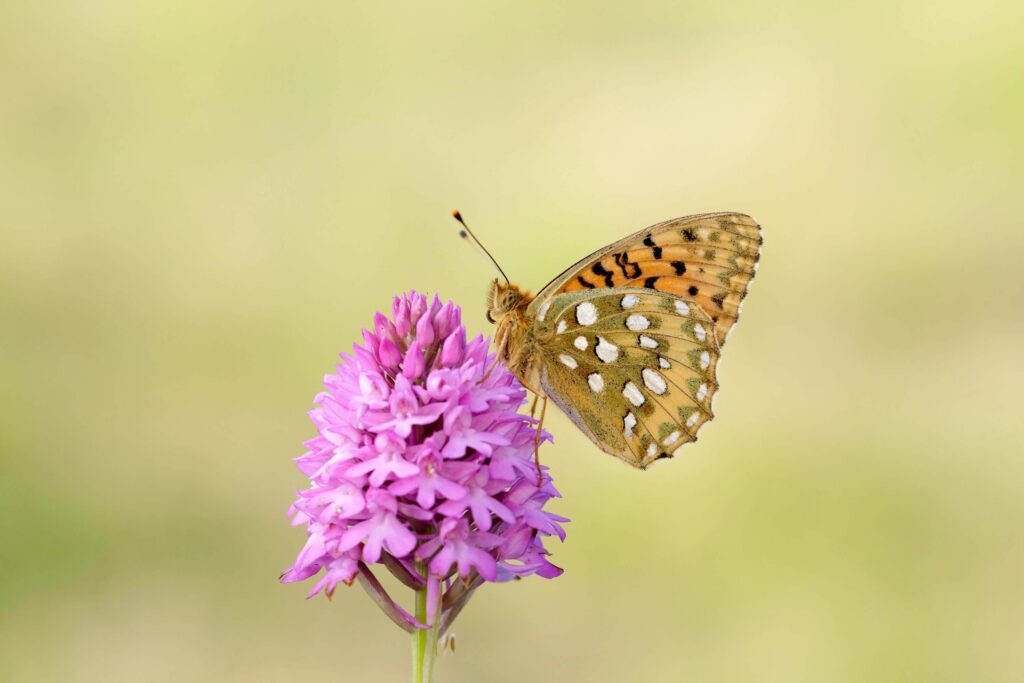 Other jobs:
Other jobs:
- Tie in climbers, clematis, jasmin and roses etc. Put in plant supports for herbaceous plants, especially peonies.
- Weeds need regular hoeing. A dry, sunny day works well.
- Watch out for late frosts they can do a lot of damage – keep fleece handy.
- Put up Vitax Apple & Plum traps.
- Repot plants into new compost. John Innes No 3 for mature shrubs/herbaceous, Ericaceous Compost with John Innes for camellias, rhododendrons and azaleas.
- Feed box hedging with Buxus fertiliser and keep an eye out for Box tree moth caterpillar.
- Now is the time to spray on or paint on Greenhouse Shading to provide some shade in the greenhouse during the bright spring and summer months.
- Plant out Sweet Peas.
- Dead head daffodils and tulips, lift and divide if not flowering. Feed with Bone meal or Growmore, thoroughly water afterwards and allow to die back naturally. Only remove old leaves when brown and withered.
- Slugs Biological control of slugs, use Nemaslug. This will set you up for the invasion to come, keep an eye out.
- Top tip Apply Nemaslug to moist ground for better control.
- Do not be tempted to cut back hedges or evergreen shrubs until August, due to nesting birds or please check beforehand.
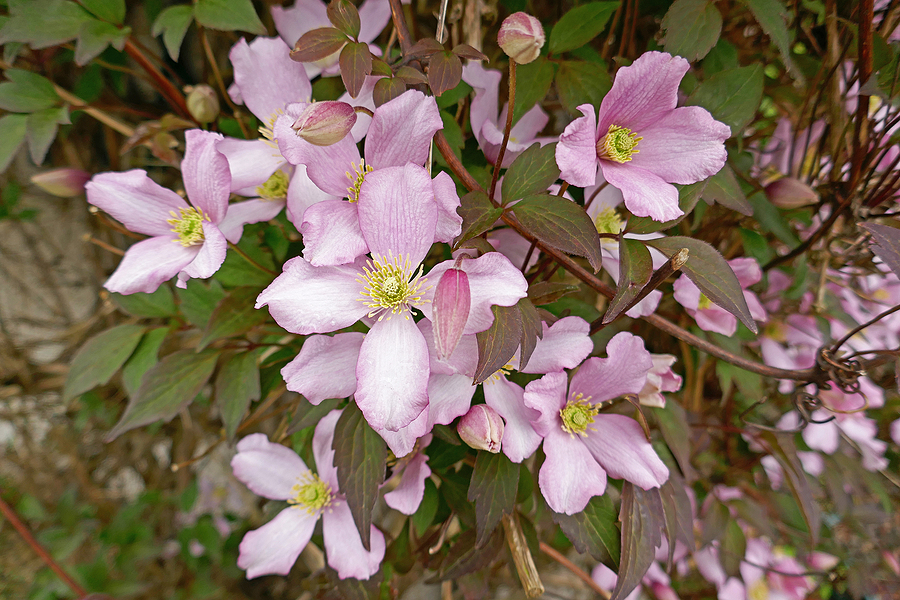
Clematis Montana
Flowers:
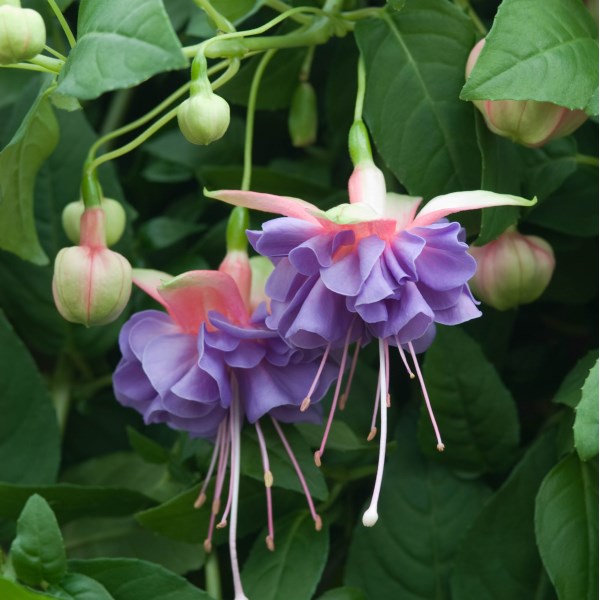
Enjoy beautiful pendant-shaped flowers thanks to our Giant Fuchsia Collection.
Still a great month for sowing any annuals or perennials. Keep watered if we have a dry spell until germinated at least.
Dahlia Tubers – Time to check and pot up into fresh compost. Any soft or rotten tubers need to be cut off and thrown away, water and place in the greenhouse or a light windowsill.
Begonia Tubers – These can be started up again. A tip I was given years ago is to place the corm on fresh damp compost upside down, convex upwards! Leave like this for 2 weeks, and when you lift off the corm and look at the concave side there should be several buds – 3 or more. Now you can plant them the right way up as usual, do let me know how you get on?
Garden Lillies – If you want scent go for the oriental and longiflorum types. Great for summer colour, and plant in containers a handful of gravel under each bulb. John Innes/multi-purpose mix again, placing it 6” down in the plot or plant in the ground again with gravel or coarse grit under the bulb. Water and feed plants in containers, and any newly planted plants.
I have never seen such productive allotments and gardens. Please do leave a scruffy area for the wildlife, hedgehogs breed in May. Frogs, toads and the good guys love to hide in long grass. A bare patch of sunny ground is perfect to sow wildflower seeds to encourage bees and the patch is also beneficial for insects and butterflies.
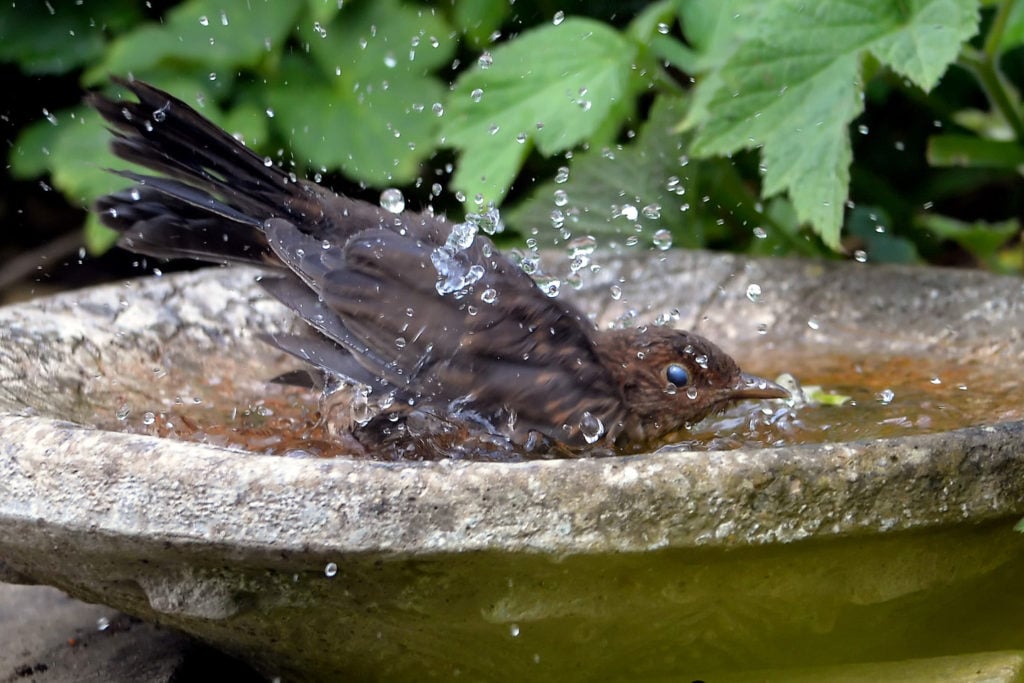
Keep bird feeders clean and topped up if you can, and birdbaths with fresh water. The antics of birds in a large plant saucer or dustbin lid are very entertaining to watch!
Stay safe and well. Enjoy this fabulous spring weather and use your senses, listen to the birdsong and identify what you are listening to. You may be surprised to see what you have in and around your neighbourhood.
Happy Gardening!
Peter
Latest posts by Peter Mills (see all)
- Peter’s Gardening tips for May - April 24, 2025
- Peter’s Gardening Tips for the month of April - March 31, 2025
- Gardening Masterclass: How to prune roses, hydrangeas, shrubs and trees - March 2, 2025
- Peter’s Gardening tips for March - March 1, 2025
- Peter’s Gardening Tips for February - January 29, 2025







